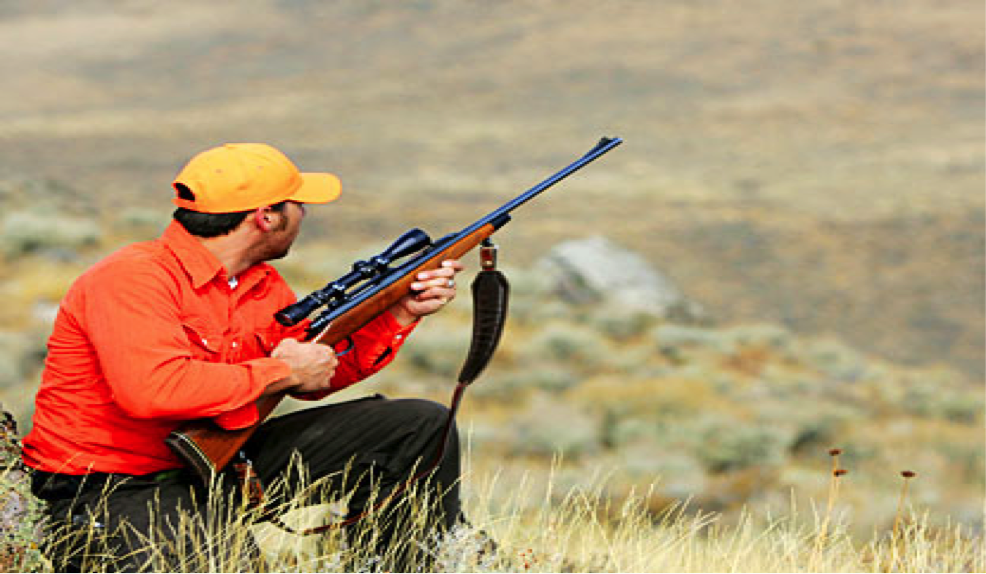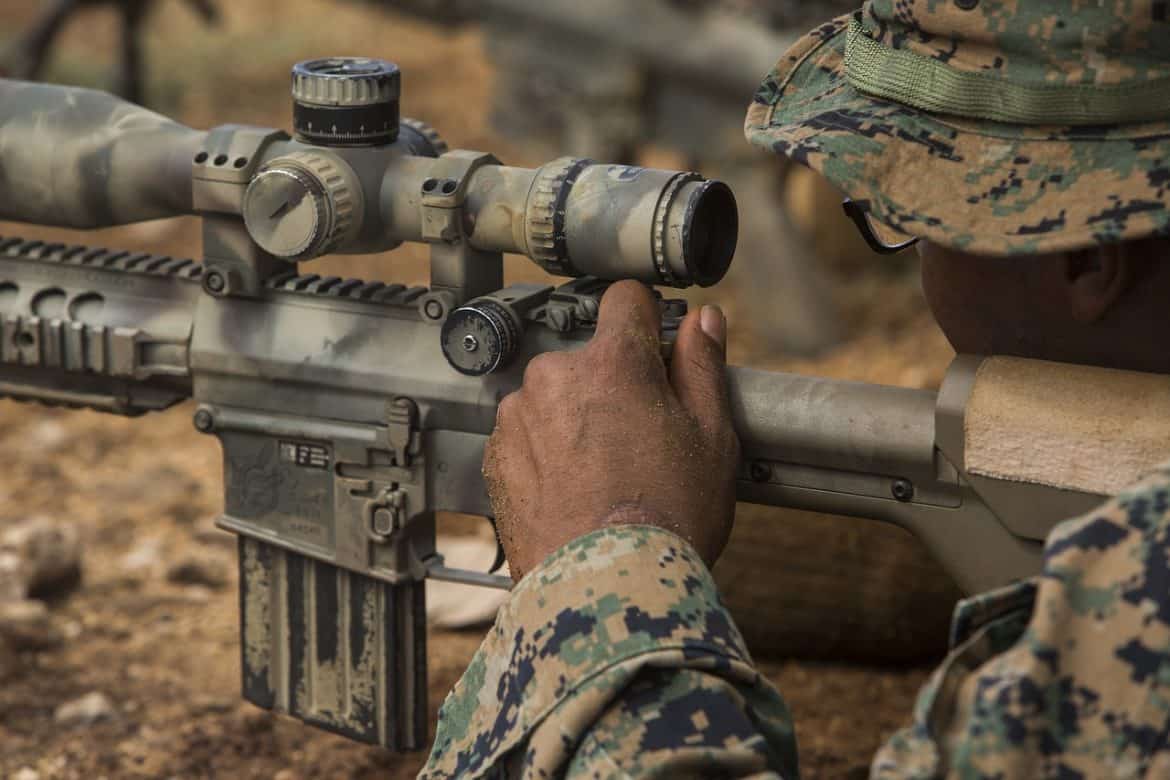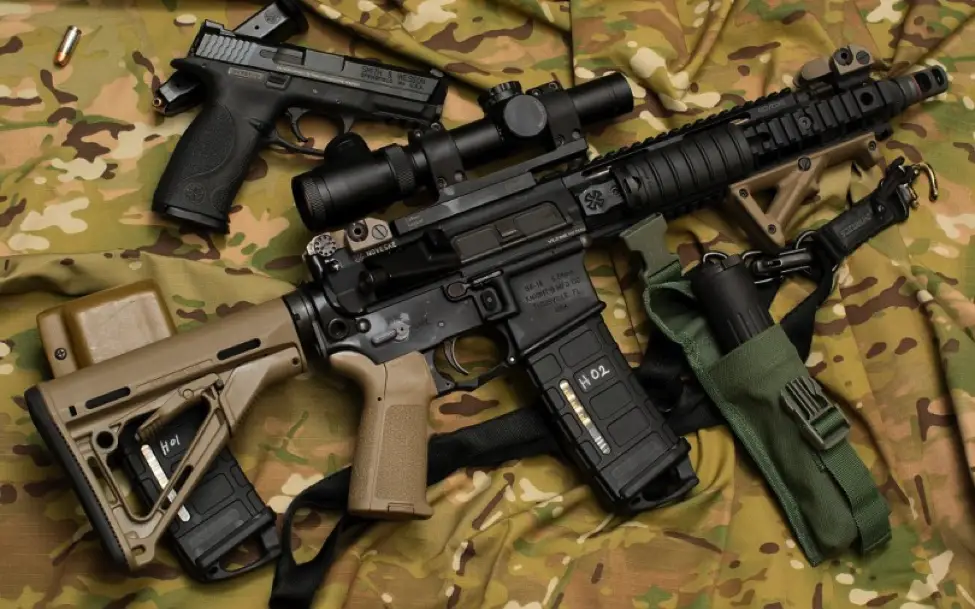I got this idea from Dave Canterberry so I cannot take any credit. This has been done on youtube many times, but I don’t like seeing, I like doing… This Sling Bow was a fun project, and if I spent the time to practice, this has the potential to be a useful tool. However, […]
Category: Gun and Other Self Defense Stuff
This section is pretty broad and actually covers more than it says. This is a catch all for prepper related gun and weapon things as well as self defense training. If I don’t have a better place to put it and it is dangerous it will probably be found in this section.
Tips for Choosing the Right Scope for Your Survival Rifle
It’s hard to describe the joyful feeling when you finally have the opportunity to enjoy yourself and pursue your shooting/hunting hobby. However, you need a proper scope that fits your needs and a scope that fits your gun; in other words, you need a top quality rifle scope that performs 100% without breaking your bank. […]
Fireworks Safety
I love fireworks, as a matter of fact, I enjoy making smaller fireworks (following all the applicable laws and safety procedures). However, as a child I saw my father almost loose a hand to some ill advised gunpowder usage – it stuck with me and while I am rather fast and loose with some safety […]
Choosing The Best Rifle Scope For Survival
When you’re in a sudden SHTF situation, a lot of things will probably go through your mind. Have you prepared enough? Do you have enough food? Does your family have enough protection? Do you have a plan? Will you survive? One of the most important things to consider if ever caught in a survival situation […]
Your Ultimate Weapon Guide: What are Great Survival Guns?
When you set out on any hunting adventure, the only thing that occupies your thoughts is to get the most out of this trip. But hunting is not just about killing the prey. Your own survival, from any possible threat (of an animal or straying in the woods) also matters. Straying in the wood or […]





